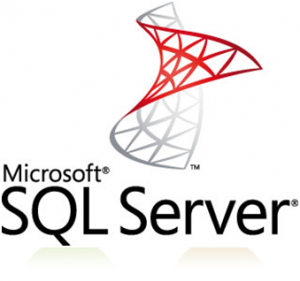Additional Material: Download Course Slides Link
Objectives
- Describe SQL Server Reporting Services and its components
- Create a Reporting Services report
- Create and manipulate data sets
- Configure report publishing and execution settings
- Administer Reporting Services
Duration:
2 Days
Audience
This course is intended for information technology professionals and developers who need to implement reporting solutions by using SQL Server 2016 Reporting Services. Prerequisites Before attending this course, delegates must have:
- Exposure to creating reports in Microsoft Access or other third-party reporting products, such as Crystal Reports.
- Experience with Windows services (starting and stopping)
- Experience with SQL Server query language (SELECT, UPDATE, INSERT, and DELETE)
- Experience with SQL Server accounts (users and permissions)
4 Top Takeaways from the Course
- Make your existing data work harder for you
- Get the right report to the right person
- Create eloquent reports from raw data
- Improve communication inside and outside your organisation
Module 1. Introduction to Microsoft SQL Server Reporting Services This module introduces the role that Reporting Services plays in an organization’s reporting life cycle, the key features offered by Reporting Services, and the components that make up the Reporting Services architecture.
- Overview of SSRS
- Installing Reporting Services
- The Reporting Lifecycle
- Highlights of Reporting Services
- Reporting Services Scenarios
- Reporting Services Developer Tools
Module 2. Authoring Basic Reports This module introduces the fundamentals of report authoring, including configuring data sources and data sets, creating tabular reports, summarizing data, and applying basic formatting.
- Creating a Basic Table Report
- Report Definition Language
- Accessing Data
- Formatting Report Pages
- Headers and Footers
- Calculating Values
- Common Aggregate Functions
Module 3. Enhancing Basic Reports This module introduces navigational controls and some additional types of data regions, and discusses how to use them to enhance a basic report.
- Interactive Navigation
- Common Aggregate Functions
- Use Show/Hide to Provide Drill-Down Interactivity
- Navigate From Report To Report Using Links
- Working with Data Regions
Module 4. Manipulating Data Sets This module explores data sets to a greater depth, including the use of alternative data sources and interacting with a data set through the use of parameters. Students learn how to dynamically modify the data set underlying a data region by allowing parameters to be sent to the underlying query. They also learn to use best practices to implement static and dynamic parameter lists when interacting with queries and stored procedures.
- Defining Report Data
- Using Parameters and Filters
- Using Parameter Lists
Module 5. Publishing and Executing Reports This module explains the various options you can use to publish reports to the report server and execute them.
- Using Report Manager
- Publishing Reports
- Executing Reports
- Distributing Reports as HTML, Excel and PDFs
- Creating Cached Instances
- Creating Snapshots and Report History
Module 6. Administering Reporting Services This module discusses how to administer the Reporting Services server, how to monitor and optimize the performance of the report server, how to maintain the Reporting Services databases, and how to keep the system secure.
- Server Administration
- Performance and Reliability Monitoring
- Administering Report Server Databases
- Security Administration
Module 7. Programming Reporting Services This module explains how to query Reporting Services information programmatically and how to automate report management tasks. Students also learn how to render reports without relying on Report Manager, and how you can extend the feature set of a report server by creating custom code.
- Query server information by using a Web service.
- Automate report management
- Render reports
- Create custom code

